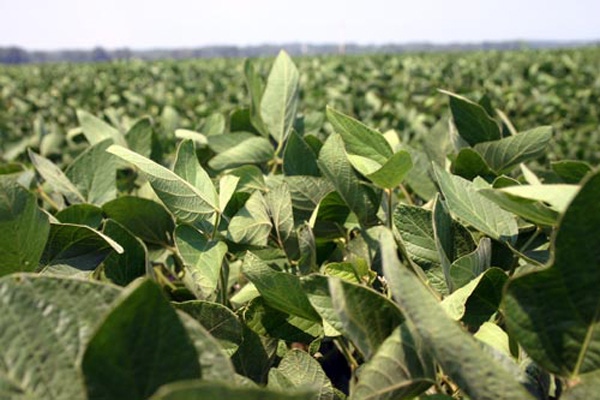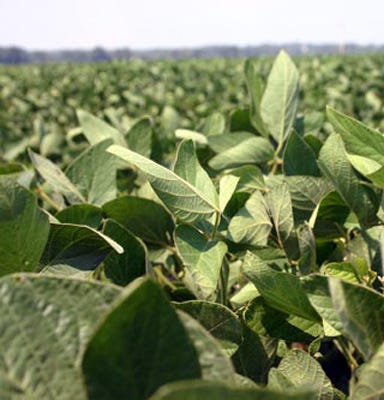July 3, 2014

Every year about this time, soybean producers begin deliberating the justification for making “yield enhancement” applications that may include one or more fungicides and insecticides as needed. The scenario changes every year, and growers need to base the selection of products on recent scouting of fields for diseases and insects.
Having spent almost two decades as a crop consultant prior to joining Extension, and more than that since, I have found it difficult to make what some people call “automatic” applications of pesticides to crops, but when it comes to the yield enhancement application for soybeans I have accepted that the justification is almost always there.
A careful study, however, of the specific field situation is needed before making the decision on products to be included.
The basic component of the yield enhancement application is the fungicide package. For a long time this consisted of a strobilurin product since trials done during the years of the SMART program showed good yield responses to this class of fungicide.
This is still true, but with a more complex set of disease challenges such as strobilurin-resistant frogeye and the threat of Asian rust the program may need modification in some cases to include a triazole products in order to broaden the spectrum of fungi that may be managed by the application.
New products have also been added to the list of effective materials.
Rate is another issue, with some growers cutting the rate of the strobilurin material from the recommended 6 ounces to a more economical 3 ounce rate. In situations where disease is not apparent, the rate may be reduced somewhat, but it probably should not be reduced by half as in this case, but by a more prudent third.
And in fields where frogeye is suspected of being tolerant to strobilurin products, a second material such as TopGuard may be combined with the strobilurin for improved effectiveness.
Recent research
While accepting the fact that strains of disease may vary from one region to another, we need to pay attention to research that has been done recently. An extensive study done by Dr. Heather Kelly at the University of Tennessee in 2013 showed that the best yield responses at the Milan station were achieved with materials containing azoxystrobin in combination with a another fungicide. These combination products were Quadris TOP and Quadris Xcel.
Other products that performed well in this study included Approach and Topguard.

Frogeye leaf spot management
This guide from Tom Allen, MSU plant pathologist, will help you take the right steps in frogeye leaf spot management in your soybeans.
The applications were done at the R3 growth stage when small pods are visible within the top four nodes of the soybean plant. Please refer to the labels for these and other products for rates and special considerations for their use.
The use of these and other fungicides in combination with insecticides and the insect growth regulator Dimilin should be based on current scouting information.
Timing of the application may be more difficult than usual this season because of the difficult planting season we have experienced, but I believe that conditions are suitable for the development of disease.
The stage is set for such diseases as aerial web blight, late season cercospera, frogeye, and others. As for Asian rust, sentinel plots are again being monitored as in recent years so we have to wait and see what develops in these.
Bottom line is that the moisture we are getting favors both good and bad effects. Yields may be higher, but so may disease and insect levels. Good scouting is essential to knowing how to handle both the opportunities and the challenges.
You May Also Like




